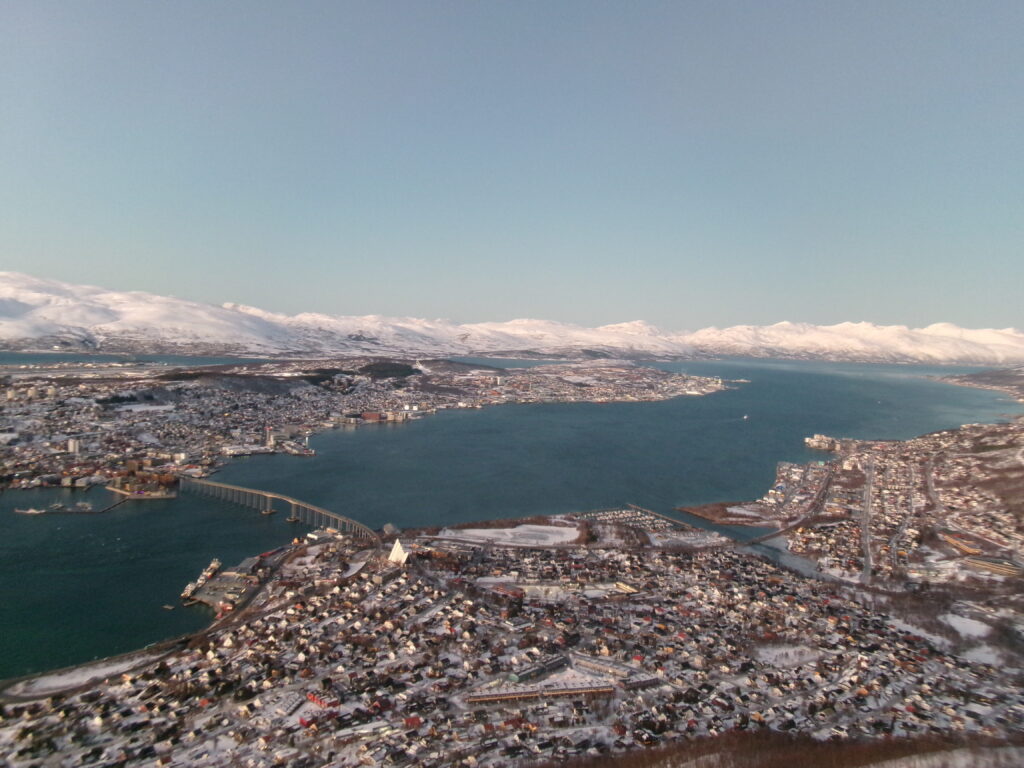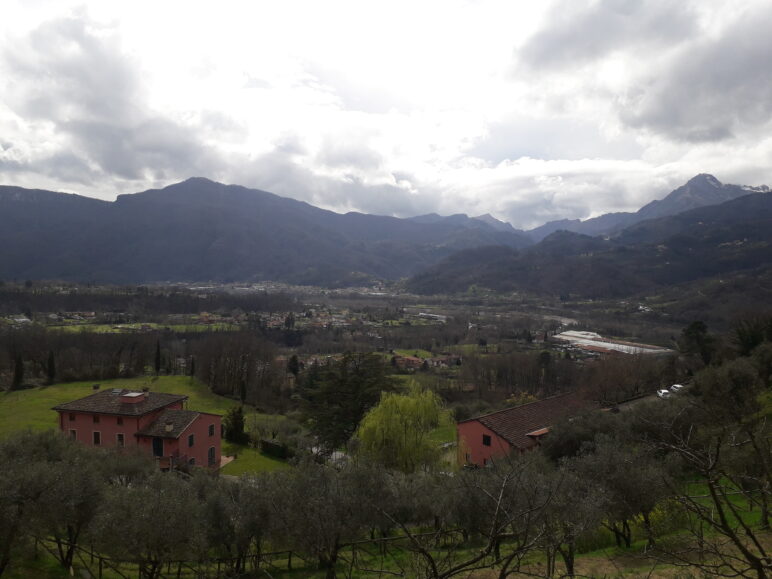I attended the Arctic Frontiers conference in Tromsø to represent the BIOPOLE and PolarRES projects by presenting my work on the “Contribution of Diapausing Copepods to the Southern Ocean Lipid Pump: data mining, parameterisations, and modelling”. My presentation was part of the science session “Climate Model Data to Assess Climate Impacts, Adaptation and Mitigation Strategies”. This covered a range of interesting topics from societal impacts of climate, upon reindeer herding communities handling warming conditions, and upon urban population’s vulnerability to extreme cold, to ecological impacts such as varying trophic interactions and space use by ocean predators. My BIOPOLE work fitted neatly into this science session and the presentation prompted some lively discussion during the coffee break. Befitting the full title of this year’s conference, “Arctic Frontiers: Beyond Borders”, many of the sessions focused on environmental policy within international diplomacy between the Arctic nations and the cross-borders Sami communities. Listening to Sami representatives wisely stating their preference for hands-off environmental stewardship and humorously critiquing the industrial approach of modern environmentalism lifted my spirits, but the conference was a bit too political for my taste, so I avoided the politics sessions in favour of science as far as possible.
A month later, I presented the same BIOPOLE modelling work during the poster sessions of the Gordon Polar Marine Science conference, “Sea Ice as a Nexus in Polar Seas Between the Ocean and the Atmosphere”. This was the second time I’ve attended this conference, which, asides from being hosted in a lovely hotel on the hillside of a beautiful valley in Tuscany, is my favourite for a number of reasons. Each talk is between 25-45 minutes, with no more than 4 per session, so not only can the speakers thoroughly explain the detail of their work, but the listeners don’t suffer information overload from rapid-fire talks. A highlight of this conference are the lengthy, daily poster sessions giving ample opportunity for mingling and discussions. My poster attracted a fair amount of interest – everyone likes copepods – and a possible future collaboration with someone keen to use the copepod dataset. It was also complemented as the best-designed poster in the hall, though I can’t take credit for the design (thanks Jen!). But perhaps the best part of this conference is having three hours free after lunch each day, giving us time to explore la campagna Toscana – pity the rain was pouring down all week.

The Author of this Article Aidan Hunter (British Antarctic Survey)
Presentation co-authors: Jennifer Freer, Nadine Johnston, Emma Young, Sally Thorpe, Daniel Mayor, Kathryn Cook, Gabi Stowasser, Priscilla Mooney, Geraint A Tarling

